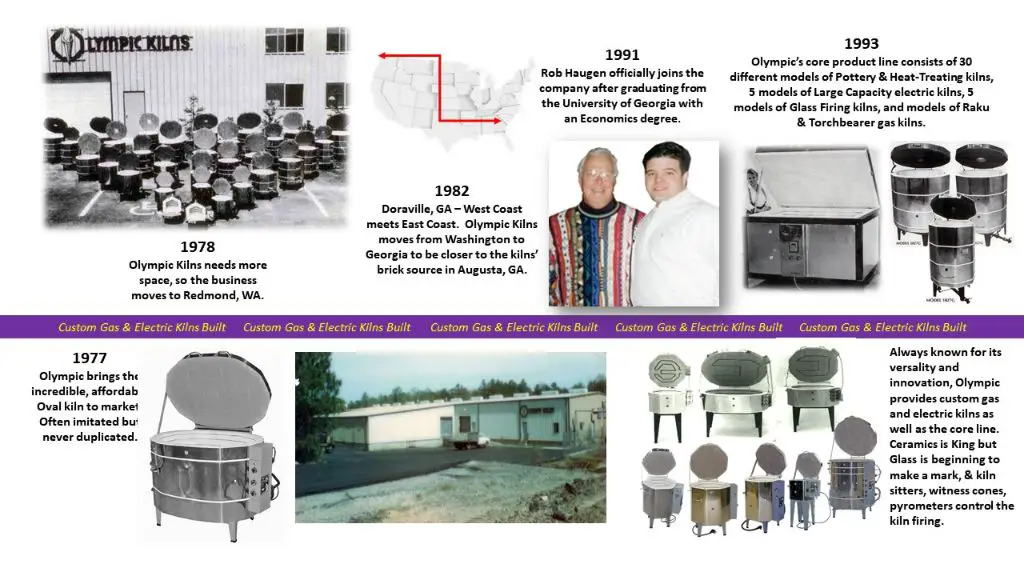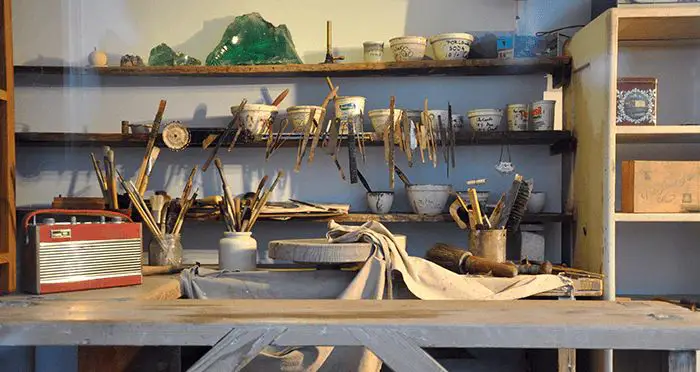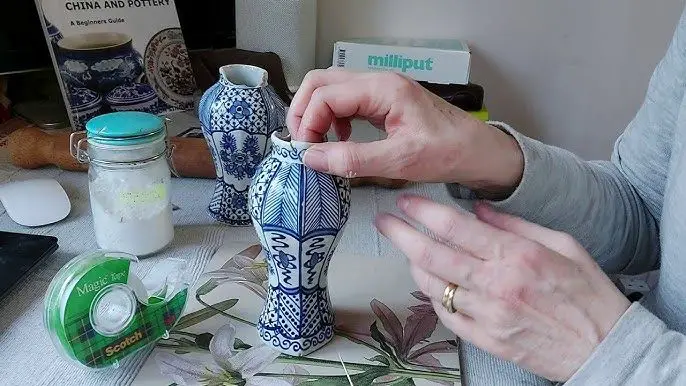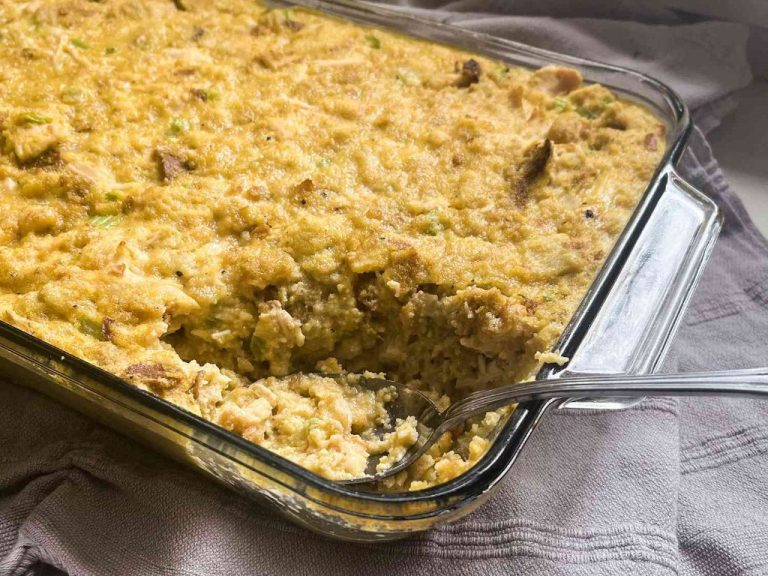Where Are Olympic Kilns Made?
Olympic kilns are high-quality ceramic kilns used by potters, ceramic artists, hobbyists, schools, and studios for firing clay objects such as pottery, sculptures, tiles, and more. Olympic Kilns was founded in 1972 in Seattle, Washington by Bob Haugen and quickly grew to become a leading kiln manufacturer in North America.
The company was named after the Olympic Mountains and aimed to produce affordable yet high-performing electric and gas kilns. Over the past 50 years, Olympic Kilns has continued to innovate with new kiln designs, digital controls, and energy efficiency while maintaining their reputation for durability and quality craftsmanship.
What is an Olympic Kiln?
Olympic kilns are a type of high-temperature electric kiln used for firing ceramics, pottery, and other clay work. They are designed to reach extremely hot temperatures of over 2300°F (1260°C), which is necessary for adequately firing and vitrifying many types of glazes, clays, and other ceramic materials.
The key features of an Olympic kiln include:
- Electric elements – Olympic kilns use electric heating elements, typically made of kanthal wire, to generate the high temperatures needed for firing.
- Insulated chamber – The firing chamber is heavily insulated with bricks and ceramic fiber to maximize heat retention and efficiency.
- Programmable control – Most Olympic kilns have digital controllers that allow programming customizable firing profiles with ramps and holds at specific temperatures.
- Large capacity – Olympic kilns have a relatively large interior capacity compared to other kiln types, typically able to fire a volume of 10-40 cubic feet.
- Top loading – Olympic kilns are designed for top loading and unloading, with a lift-off lid.
The combination of powerful electric elements and heavy insulation allows Olympic kilns to efficiently reach the temperatures needed for firing specialty ceramics and glazes. The programmable control gives flexibility in customizing the firing schedule. The large capacity makes Olympic kilns well-suited for production studios and schools with higher volume firing needs.
History and Origins

Olympic kilns were first developed in 1972 in Seattle, Washington by Bob Haugen. As described on the Olympic Kilns website, Bob was an aerospace engineer who started experimenting with kiln designs as a hobby before eventually founding the company. He worked to create innovative electric and gas kiln designs optimized for performance and affordability.
The company grew rapidly in the 1970s and 80s under Bob’s leadership. Olympic kilns were known for their use of K23 firebrick, which provided excellent insulation. Bob patented the use of this space-age insulation material in kiln construction. He also introduced popular features like bottom-loading and clamshell barrel-hood designs.
Today, Olympic Kilns continues to manufacture innovative electric and gas kilns for ceramics and glasswork from their factory in Seattle. The company remains family-owned by Rob Haugen, who grew up with the business and has expanded Olympic’s reach while staying true to its roots.
Manufacturing Process
Olympic kilns are constructed from high quality materials to ensure durability and optimal performance. The main components used in manufacturing Olympic kilns include:
Firebrick
Olympic kilns use premium firebrick which is resistant to thermal shock and can withstand high temperatures. Firebrick offers excellent insulation, retaining heat efficiently inside the kiln chamber.
Steel
The outer casing of Olympic kilns is made from heavy gauge steel. This provides structural integrity and protects the brick lining inside. The steel is powder coated for a durable and attractive finish.
Heating Elements
Olympic kilns use Kanthal heating elements coiled tightly around ceramic cores. Kanthal is an iron-chromium-aluminum alloy designed to withstand repeated heating/cooling cycles. The elements heat up when electrical current passes through them.
Wiring and Controls
Olympic kilns have a control panel with a digital controller, relays, fuses, and electrical wiring. This allows users to control temperature settings, program firing cycles, and monitor kiln performance.
Insulation
In addition to firebrick, Olympic kilns have ceramic fiber and calcium silicate insulation around the heating elements. This minimizes heat loss and improves energy efficiency.
The manufacturing process involves expert assembly of these components to construct the kiln. The firebricks are arranged and cemented to form the inner kiln chamber. Heating elements, wiring, and insulation are added. The outer steel casing is assembled and attached. Extensive testing then ensures the kilns meet quality standards before shipment.
Major Manufacturers
Olympic kilns are produced by a handful of specialized manufacturers around the world. Here are profiles of some of the leading companies in Olympic kiln production:
Kilns Inc.
Founded in 1985, Kilns Inc. is based in the United States and is one of the oldest and most trusted Olympic kiln manufacturers. They offer a wide range of top-loading and front-loading Olympic kilns in different sizes and specifications. Kilns Inc. uses advanced digital controls and patented heating elements to ensure their kilns provide precision firing performance. Their kilns are used by hobbyists, artists, and industry professionals alike.
Ceramic Kilns Ltd.
With over 50 years of experience, Ceramic Kilns Ltd. specializes in making custom-built Olympic kilns. Based in Germany, they are known for their high-quality materials and craftsmanship. Each kiln is assembled by hand and carefully tested before shipment. Ceramic Kilns offers Olympic kilns in electric, gas, and wood-fired versions. Their specialty is making large, high-temperature kilns for industrial and commercial use.
Great Kilns Company
Founded in 2002, Great Kilns Company has grown rapidly to become a leading Olympic kiln brand in Asia. Headquartered in China, they operate multiple manufacturing facilities and have an extensive distributor network. Great Kilns focuses on making affordable Olympic kilns for hobbyists, schools, and small studios, emphasizing ease of use and reliability. Their Olympic kilns come in both top and front-loading configurations.
Manufacturing Locations
Olympic kilns were originally manufactured in Athens, Georgia starting in the 1970s. However, growth in Atlanta necessitated a move in 1997 to a larger 70,000 square foot factory in Flowery Branch, Georgia where the company still resides today (https://www.olympickilns.com/about/history/).
Currently, Olympic kilns have their main manufacturing facility in Flowery Branch, Georgia located about 45 miles northeast of Atlanta (https://www.olympickilns.com/about/). This Georgia facility produces the majority of Olympic kilns sold worldwide.
While the main production center is in Flowery Branch, Olympic kilns does have some manufacturing partnerships overseas. They have a relationship with a factory in Mexico where some models are produced for sale in North America (https://www.olympickilns.com/). There are also manufacturing partnerships in Asia, mainly in China and South Korea, to produce certain kiln models for those regional markets.
So in summary, the primary manufacturing location for Olympic kilns is Flowery Branch, Georgia USA. But the company does utilize some additional production centers in Mexico, China, and South Korea to serve regional demands.
Quality Standards
Olympic kilns are known for meeting rigorous quality and safety standards in the ceramic kiln industry. Major certifications include:
- UL (Underwriters Laboratories) – UL 499 certification evaluates heating safety and reliability of electric kilns. Olympic kilns meet UL 499 standards.
- c-MET-us – Verifies the kiln has been tested to comply with applicable product safety standards in the US and Canada. Olympic kilns are c-MET-us listed.
Olympic Kiln also adheres to quality control standards such as:
- Careful selection of firebrick and insulation materials
- Precision digital controllers for accurate temperature control
- Extensive burn-in testing prior to shipment
Meeting certifications like UL 499 and following best practices for kiln construction allows Olympic Kiln to produce safe, reliable, high-performing ceramic kilns. Quality controls ensure each kiln meets specifications consistently.
Pricing
Olympic kilns are known for their high quality construction and durability. As a result, they do command a premium price in the marketplace. However, the pricing can vary substantially depending on the size, features, and customization of the kiln.
For individual ceramic artists and small studios, Olympic kilns start around $2,000 for a small electric test kiln and range up to $10,000 or more for large gas kilns. Popular mid-sized front-loading electric kilns typically cost between $3,000-$6,000.
On the commercial and industrial side, pricing can range from $10,000 for a medium sized kiln up to $100,000 or more for large custom tunnel kilns. Factors like type of fuel (gas vs electric), temperature range, automation features, and load capacity will impact the price significantly.
While the upfront cost for an Olympic kiln is significant, buyers can expect to recoup that investment over years of reliable service. The kilns are built to last for decades with proper maintenance. For high-volume ceramic studios and manufacturers, the energy efficiency and durability of an Olympic kiln can provide substantial savings over a cheaper kiln in the long run.
Future Outlook
The future outlook for Olympic kilns is positive, with the market projected to continue growing. According to a report by Verified Market Reports, the global market for ceramic kilns, including Olympic kilns, is expected to reach $582.7 million by 2030, up from $465.5 million in 2020. This represents a Compound Annual Growth Rate (CAGR) of 2.9% from 2022 to 2030 (Source).
Driving this growth is the increasing popularity of ceramics and pottery as hobbies and professions globally. With more individuals taking up pottery, demand for high-quality ceramic kilns like Olympic kilns will rise. The report projects the Asia Pacific region will see the fastest growth, with a CAGR of 5.4% through 2030. This is attributed to expanding manufacturing capacities and rapid urbanization in countries like China and India (Source).
In North America, growth will be driven by the gradual recovery of the construction industry and rising demand from hobbyists. The North America kiln furniture market alone is expected to reach $279.3 million by 2027, indicating strong overall demand in the region (Source). As a top manufacturer of kilns for hobbyists, Olympic stands to benefit from this trend.
To stay competitive, Olympic kilns will need to focus on product innovation, connected technology features, and sustainability. Energy-efficient electric kilns with advanced controllers and connectivity will likely be key areas of development. Maintaining Olympic’s reputation for durability and quality while meeting evolving customer needs will also keep the company at the forefront of the industry.
Conclusion
Olympic kilns have a rich history dating back to ancient times, though the modern versions used today bear little resemblance to the original kilns used thousands of years ago. The manufacturing process involves several steps to create the high-quality, high-heat kilns desired by ceramic artists and industries worldwide. Major manufacturers like Skutt, L&L Kilns, Olympic Kilns, and Paragon Industries are located primarily in the United States and Asia. They utilize advanced technologies and strict quality control standards to produce durable, efficient kilns. While prices can range dramatically based on size, heating elements, and features, Olympic kilns remain a worthwhile investment for potters, ceramic artists, hobbyists, and commercial industries. Though traditional kiln designs still dominate the market, emerging innovations and customization options are also on the rise. Olympic kilns will continue to be an indispensable tool for firing ceramics for many years to come.



